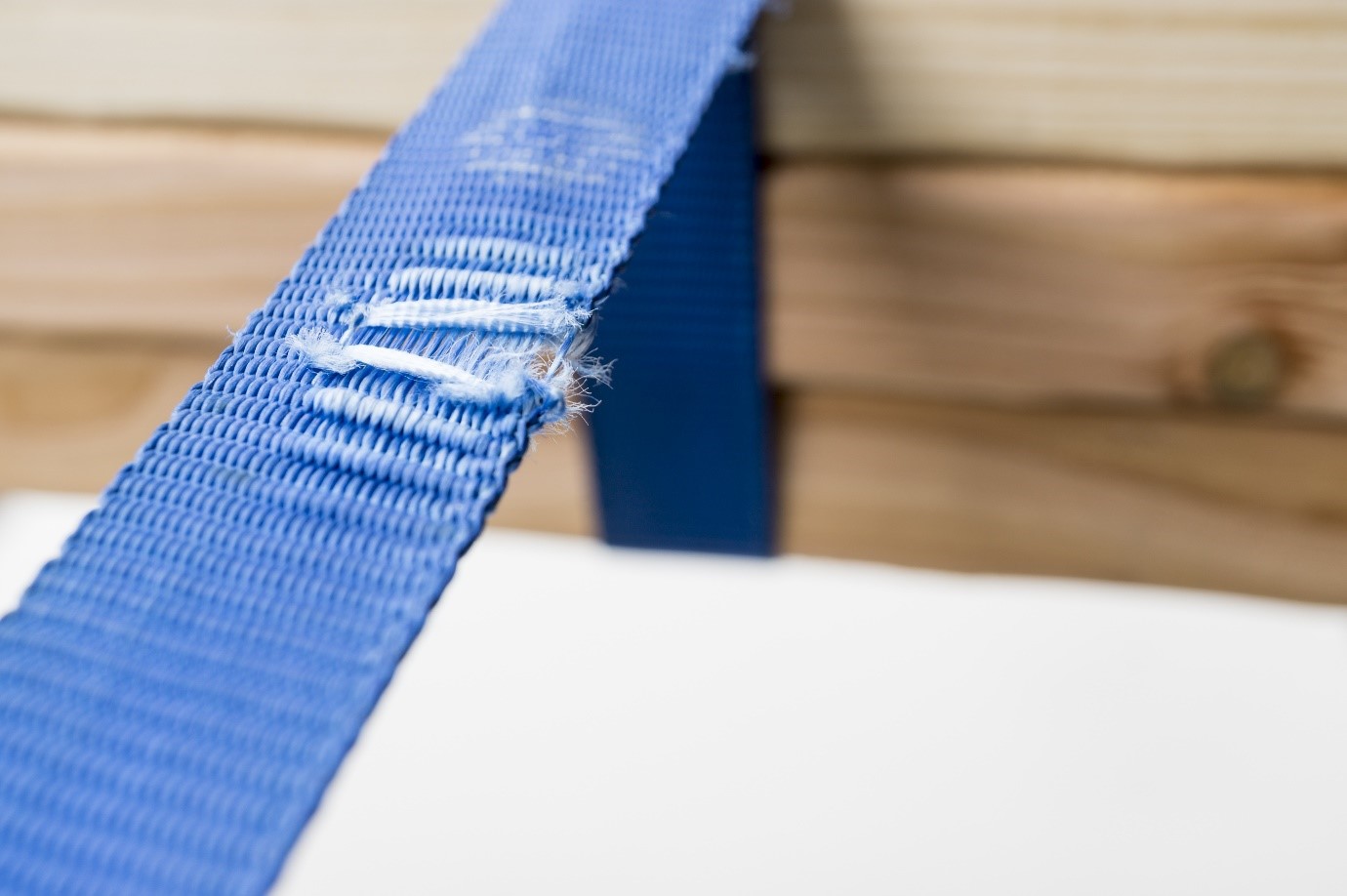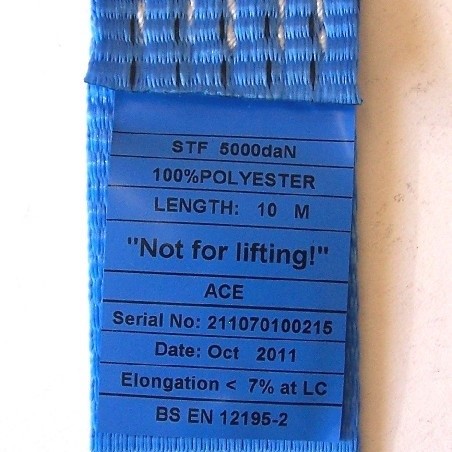helloThey quote the STF (standard tension force) as the capacity of the strap and they aren't the only ones who do this. The people who do this fundamentally don't understand the mechanics involved. Comes under the heading of a little bit of information is dangerous
Yes you may only be able to apply 350KG of tension to the strap with the ratchet but by doing this you create a taut system where by in order for the item you are securing to move its not 350KGs it has to overcome its the full capacity of the strap.
The 350kgs of tension you apply with the ratchet is a pre-load with the aim of preventing the strap ever going slack and then getting a shock load when the loading goes from loose too tight should your cargo move.
can you explain the difference between the standard tension force, and what everyone else would assume the load rating it (ie, 5 lines of stiches, 5 tonnes)
thanks.








